 Bronwyn Lea, The University of Queensland
Bronwyn Lea, The University of Queensland
At first glance the phrase ‘best-selling poetry book’ looks oxymoronic. Anyone with a vague sense of book publishing is acquainted with the orthodoxy that poetry doesn’t sell: readers don’t want to read it.
Commercial publishers have used this pearl to justify curtailing or, more dramatically, cancelling their poetry lists. Booksellers have relied on it as a way of explaining away - to the few who might enquire - their thin and often uninspired poetry stock. And who can blame them? Publishers and booksellers are not in the business of charity.
But all this bellyaching conceals an interesting fact: some poetry books actually do sell. Some sell very well indeed. Some poetry books are even bestsellers.
Immediately Shakespeare struts upon the stage. And in fact Shakespeare is the best-selling poet in English of all time. The author of - at least as we are able to count his works today - 38 plays, 154 sonnets, two long narrative poems and a handful of others, Shakespeare has been generating sales in a proliferation of editions for the past 400 years.
But what about poetry sales not mounted over time, but poetry titles that sell well in a single year? Well, things get interesting.
Figures out of the United Sates - a significant market for literature in English - do not rank Shakespeare as number one on their bestseller list for poetry. The best-selling poet in America today is not only dead but he - let gender be no surprise - he didn’t write in English and he’s not an American.
The prize for best-selling poet in America goes to a poet in translation: Jalal al-Din Molavi Rumi. A Sufi poet known to Iranians as Mawlana. Or, to Westerners, simply as Rumi.
Rumi was born in Balkh (now in Afghanistan) in 1207, but he lived most of his life in the town of Konya, in what is now Turkey.
His major work is a six-volume poem, Masnavi-ye Manavi (Spiritual Couplets), regarded by some Sufis as the Persian-language Qur'an. Rumi’s general theme is the concept of tawhid - union with his beloved - and his longing to restore it. He writes:
There’s a strange frenzy in my head,
of birds flying,
each particle circulating on its own.
Is the one I love everywhere?
Judging by sales, Rumi’s voice touches the contemporary reader with the same fervour as it did 700 ago. It touches celebrities too: Madonna set his poems to music on Deepak Chopra’s 1998 CD, A Gift of Love. Donna Karan has used recitations of his poetry as a background to her fashion shows; Philip Glass has written an opera - Monsters of Grace - around his poems; and Oliver Stone apparently wants to make a film of his life.
American poet Coleman Barks, perhaps more than anyone, is responsible for bringing Rumi’s poetry to the English-speaking masses. Barks is not a scholar - and he doesn’t speak a word of Persian. But this didn’t stop his book, The Essential Rumi (HarperCollins 1995), from being the most successful poetry book published in the West in recent years.
Coleman has come out with a new book of Rumi translations every September for the past decade. Even the 9/11 attacks didn’t subdue the public’s interest in mystical Islamic verse: Coleman’s The Soul of Rumi, released days after the Trade Centre bombings, went on to become a bestseller. Barks himself seems surprised by his sales and confesses:
“I once calculated that Rumi books sell at least a hundred a day right through weekends and holidays, while my own writing goes at about twelve copies a month, worldwide. In other words, Rumi’s work sells at about 365,000 copies a year; Barks sells 144. Those numbers keep me humble.”
Rumi is popular not only in America but also in Australia. Nevertheless his book sales - Barks’s translations as well as other scholarly editions - fall short of granting him primacy. Neilsen BookScan, which records book sales in Australia since 2002, reveals twentieth-century Lebanese poet, Khalil Gibran, as the clear favourite.
Born in 1883 in Bsharii in modern-day northern Lebanon, Gibran died of liver failure at the age of 48 in New York. The Prophet, his first book, was published in 1923. Its fame spread by word of mouth. By 1931 it had been translated into 20 languages, and in the 60s it was a hit with American youth culture. It’s been popular ever since.
In the fictional set up for The Prophet, Almustafa has lived for 12 years in the foreign city of Orphalese and is heading home when a group of people stop him. He offers to share his wisdom on an array of issues pertaining to life and the human condition: love, marriage, children, giving, eating and drinking, work, joy and sorrow, houses, crime and punishment, beauty, death and so on. The chapter on marriage is perhaps the best known, as it’s a regular in wedding ceremonies. A testament to love (and an argument against co-dependence), it concludes:
Give your hearts but not into each other’s keeping.
For only the hand of Life can contain your hearts.
And stand together yet not too near together:
For the pillars of the temple stand apart,
And the oak tree and they cypress grow not in each other’s shadow.
It’s interesting to consider why Rumi and Gibran are so popular with the reading public. Surely it’s not a matter of quality.
We live in an age where spirituality-lite is a hot commodity in the marketplace. (Rumi himself is not ‘lite’ - he was a devoted Muslim and a respected theologian - but Barks’s bestselling translations have bowdlerised almost every reference to Islam from his poems.) As Western culture has become increasingly secularised and a widespread suspicion of organised religion pervades, it seems many readers have turned to the mystical poem as a vehicle for contemplation.
But thinking about bestselling poetry, there’s one more quality worth mentioning.
Laughter. In terms of sales for an individual poetry title, the second ranked poetry title in Australia is Michael Leunig’s Poems (Viking 2004). Which goes to show that while Australian readers like thinking about god, they have retained a sense of humour. ![]()
Bronwyn Lea, Senior Lecturer in the School of English, Media Studies and Art History, The University of Queensland
This article is republished from The Conversation under a Creative Commons license. Read the original article.





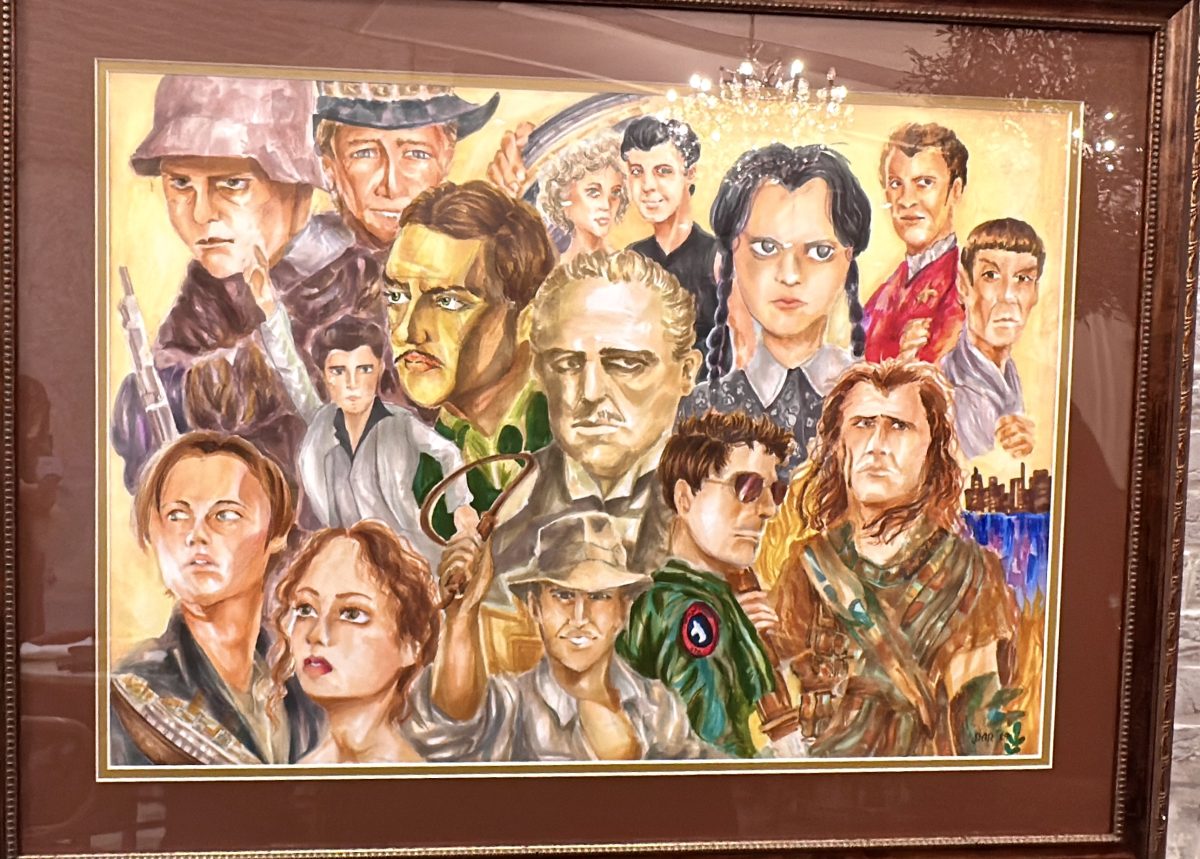
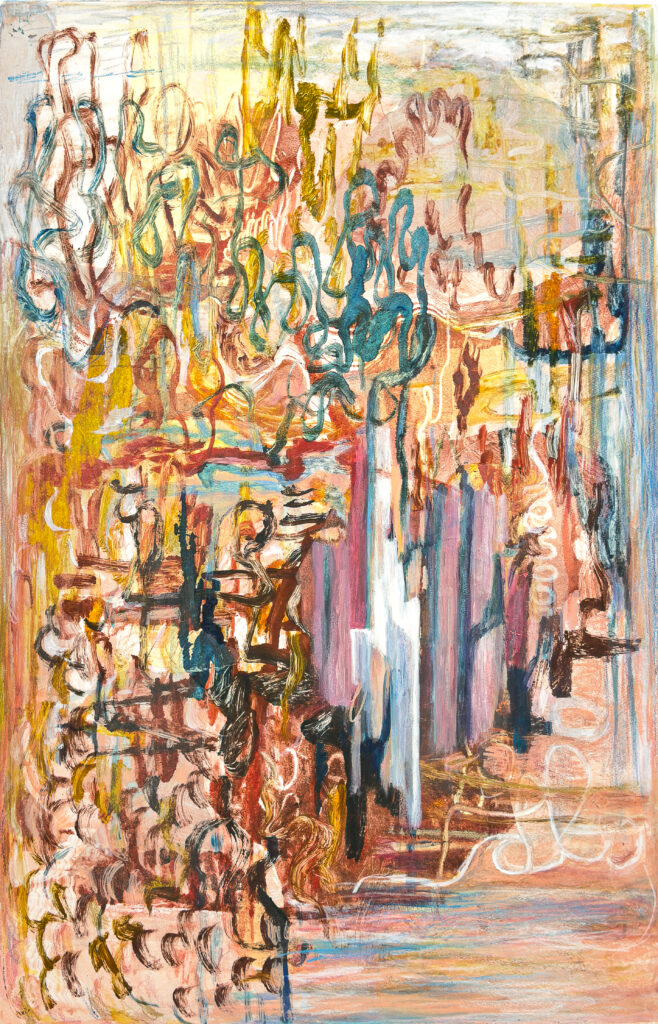
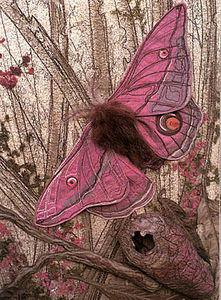

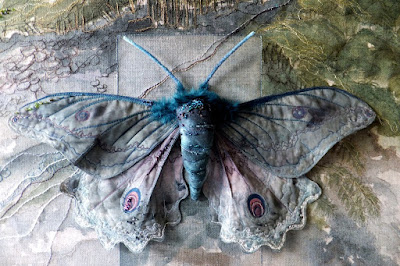







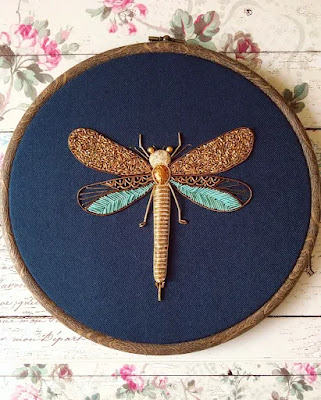





..jpg)







+Virgen+de+Tobed+1359.jpg)